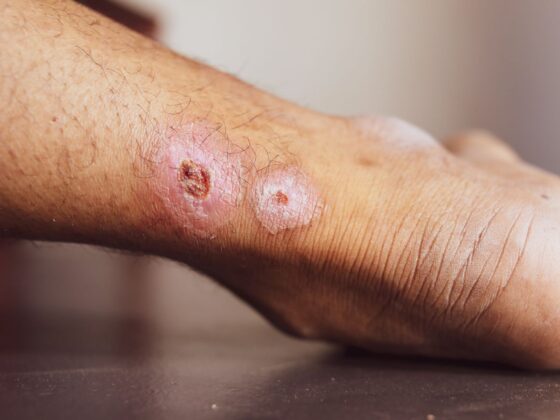 Dr. Murali Chekuri consultant Neurology, Manipal Hospital Vijayawada.
Dr. Murali Chekuri consultant Neurology, Manipal Hospital Vijayawada.
Neuralgia describes as pain arising from nerves. It is characterized by severe, shooting pain that occurs due to the damaged or irritated nerve and it can affect any part of the body causing mild to severe nerve pain. Neuralgia can disturb a person’s ability to perform everyday tasks and may impact their quality of life. The cause that triggers neuralgia such as Glossopharyngeal neuralgia (GN), Postherpetic neuralgia (PHN).
Trigeminal neuralgia (TN) is a facial pain associated with damage to the trigeminal nerve, which transfers sensation from the face to the brain. Pain that occurs on one side of the face is often very severe and may be triggered by sensory stimulation of the face like washing or touching the face, brushing teeth, chewing etc. Trigeminal neuralgia is divided into three smaller branches such as.
Trigeminal neuralgia into subdivisions: – Type 1 and Type 2
In Type 1 Trigeminal neuralgia people will experience irregular episodes that cause a painful burning or electric shock-like sensation in parts of the face. According to the National Institute of Neurological Disorders and Stroke (NINDS), the duration of these episodes varies among people but can last up to 2 minutes.
In Type 2 Trigeminal neuralgia is an exact cause which as remains unclear, however, pressure from an enlarged blood vessel can irritate or even damage the trigeminal nerves.
If have any mild or moderate symptoms of Trigeminal neuralgia it can be cured with help of medications without any surgery procedures, some of the common medications are given to people who are associated with neuralgia.
- antidepressants like amitriptyline or nortriptyline, which are effective in treating nerve pain
- antiseizure medications like carbamazepine, which is effective for trigeminal neuralgia
- short-term narcotic pain medications, like codeine
- topical creams with capsaicin.
Advanced surgical procedures help relieve the pain of Trigeminal neuralgia when the symptoms do not respond to the medication. Surgical procedures that can help to treat the neuralgia include such as,
- Microvascular decompression: This helps remove the enlarged blood vessels that are compressing the nerves. The procedure involves placing a soft pad between the vessel and the affected nerve.
- Stereotactic surgery: This non-invasive procedure involves shining a high concentration of light on the root of the damaged nerve. Radiation interferes with the transmission of pain signals to the brain.
- Balloon compression: A small balloon is inserted into the affected nerve. The balloon inflates, causing controlled and intentional nerve damage. This procedure prevents the affected nerves from sending pain signals to the brain. However, the effect of the procedure usually disappears after a year or two.











